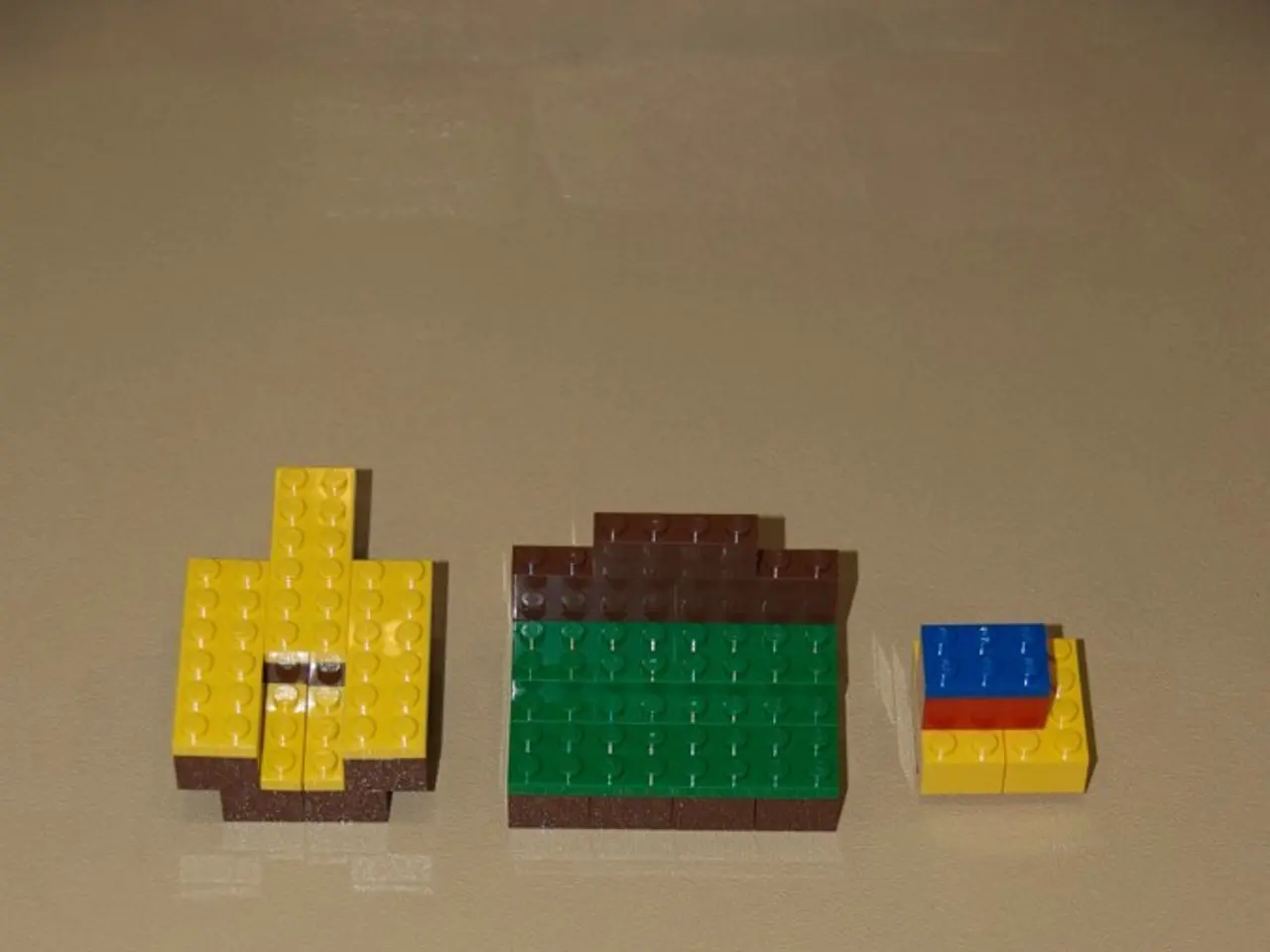Test your buoyancy with LEGO bricks: A playful exploration of whether LEGO pieces will sink or float in water.
Emma Vanstone has recently updated the fourth LEGO Science post for the summer, designed for kids of all ages. This latest instalment invites young explorers to delve into the fascinating world of buoyancy and density by observing the behaviour of LEGO bricks and custom LEGO ships.
Contrary to expectations, LEGO bricks and ships can float instead of sink, primarily due to their design and buoyancy. Although individual LEGO bricks are denser than water, when built into hollow structures like boats, they trap air inside, which greatly increases buoyancy and allows them to float.
The key reasons behind LEGO's ability to float include air trapped within hollow LEGO constructions, the shape and sealed compartments of LEGO ships that prevent water from entering, and the use of larger bricks like DUPLO as bases to increase buoyancy and flotation.
The LEGO Science activities focus on exploring concepts of density, buoyancy, and balance. One of the activities is a LEGO catapult, while another is a LEGO Parachute. The aim is to hypothesize which LEGO pieces will float and which will sink, and then test these hypotheses by observing the behaviour of the LEGO pieces.
In the float or sink challenge, participants are encouraged to test various LEGO models (ships, boats) in water to see if they float or sink and why. Another activity is balancing LEGO walkers on floating bridges, which experiments with stability and balance on water surfaces made of LEGO structures. Building with DUPLO bases is another activity that uses larger bricks to provide extra flotation support.
These activities highlight principles of physics such as Archimedes' principle (buoyancy), density differences, and stability, making LEGO a hands-on tool for learning fundamental science concepts in a playful environment.
Furthermore, there are 15 additional LEGO Science activities to explore, each designed to engage and educate young minds in a fun and interactive way. So, gather your LEGO bricks, collect different bits, and design a table to show the results of your experiments.
The LEGO Science activities were last updated on July 18, 2025, ensuring that the content remains fresh and engaging for all participants. So, what are you waiting for? Dive into the world of LEGO Science and discover the wonders of buoyancy and density today!
Science enthusiasts of all ages can explore the hypothetical concepts of buoyancy and density with the LEGO Science activities. These activities, recently updated by Emma Vanstone, include building LEGO catapults and LEGO Parachutes, and testing LEGO ship and boat models in water to see if they float or sink. Additionally, activities like balancing LEGO walkers on floating bridges and building with DUPLO bases offer hands-on experiences that demonstrate principles of physics such as buoyancy, density differences, and stability, making learning a fun and interactive experience. This home-and-garden toy also proves useful for education and self-development, encouraging kids to apply scientific methods and make educated guesses based on their observations. With over 15 additional activities to explore, there's no shortage of ways to delve deeper into the wonders of buoyancy and density with LEGO Science.




